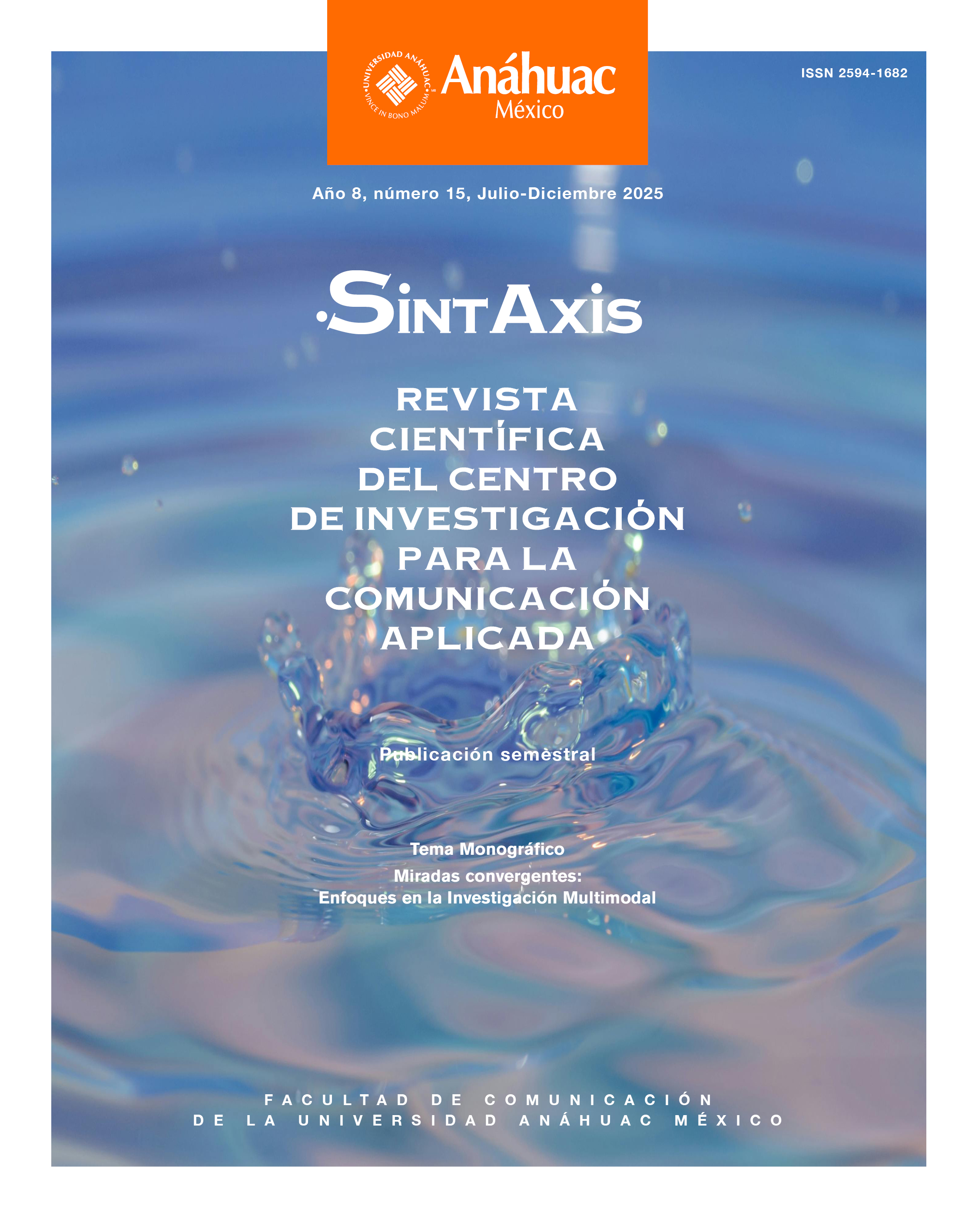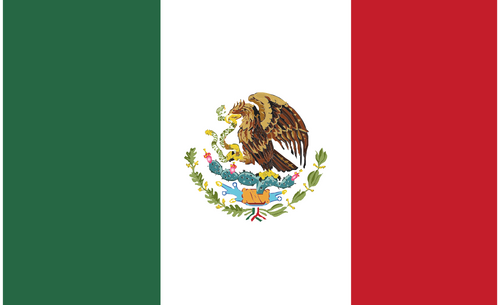A Visual Study of Scopic Regimes: The Disappeared during Videla’s Dictatorship in Argentina
DOI:
https://doi.org/10.36105/stx.2025n15.02Keywords:
scopic regime, visuality, image, disappeared, visual cultureAbstract
This study focuses on the case of enforced disappearances during the Argentine dictatorship of Videla (1976–1983). The disappearance of more than 30,000 individuals and the erasure of their bodies as an instrument of terror created a visual absence that rendered mourning impossible and prolonged suffering. This erasure sparked civil resistance, led by las Madres y Abuelas de Plaza de Mayo. The aim is to understand how the absence of the visible becomes a significant presence for the perceiving subject. To this end, phenomenology is employed both as a theoretical framework and as a heuristic for analysing the non-visible. The findings highlight key aspects of the study of scopic regimes: political control over how spectators perceive the world, the consolidation of a visual culture that shapes social values and behaviours, the regulation of visual space, and the manipulation of emotions and affect through visual experience.
Downloads
References
Archivo Provincial de la Memoria. (2024, 19 de septiembre). Memorial – Rubén Manuel Goldman Aisenstein. https://apm.gov.ar/archivosdelarepresion/
Bal, M. (2016). Tiempos trastornados. Análisis, historias y políticas de la mirada. Akal.
Banks, M. (2010). Los datos visuales en investigación cualitativa. Ediciones Morata.
Bellion, W. (2017). “Art and Destrucción”. American Art, 31(1), 2-6. http://dx.doi.org/10.1086/692152 DOI: https://doi.org/10.1086/692152
Belting, H. (2012). Florencia y Bagdad. Una historia de la mirada entre Oriente y Occidente. Akal.
Brea, J. L. (2005). Estudios visuales. La epistemología de la visualidad en la era de la globalización. Akal.
Contreras, F. R. & Marín, A. (2022). “Art and politics in the support of scopic regimes”. Alpha (Osorno), 54, 102-122. https://revistaalpha.ulagos.cl/index.php/alpha/article/view/1025
Contreras, F. R. (2021). La desobediencia visual. Tirant Lo Blanch.
Crary, J. (2008). Suspensión es de la percepción. Atención, espectáculo y cultura moderna. Akal.
Del Castillo, A. (2016). “Algunas reflexiones en torno al fotoperiodismo y la dictadura en la historiografía argentina reciente”. Seciencia, 96. http://dx.doi.org/10.18234/secuencia.v0i96.1411 DOI: https://doi.org/10.18234/secuencia.v0i96.1411
Díaz-Mattei, A. (2014). “Los desaparecidos y la rematerialización significante del cuerpo ausente: prácticas artísticas y activismo social en Argentina”. Paralelo 31. https://periodicos.ufpel.edu.br/index.php/paralelo/article/view/10208
Didi-Huberman, G. (2012). Arde la imagen. Ediciones Ve.
Didi-Huberman, G. et al (2017). Alfredo Jaar. La política de las imágenes. Metales Pesados.
Elkins, J. (2003). Visual Studies: A Skeptical Introduction. Routledge.
Espacio Memoria. (2024). https://www.espaciomemoria.ar/
Ferraris, M. (1999). La imaginación. Visor.
Gamarnik, C. (2021). “Límites y paradojas de una fotografía de prensa: análisis de una foto de Madres de Plaza de Mayo durante la dictadura militar en Argentina”. Fotocinema, 22. https://doi.org/10.24310/Fotocinema.2021.vi22.11706 DOI: https://doi.org/10.24310/Fotocinema.2021.vi22.11706
Gamboni, D. (2014). La destrucción del arte: iconoclasia y vandalismo desde la Revolución francesa. Cátedra.
Jay, M. (2007). Ojos abatidos. La denigración de la visión en el pensamiento francés del siglo XX. Akal.
Manway, D. (2017). “Métodos visuales, narrativos y creativos en investigación cualitativa”. Madrid: Narcea.Gombrich, E. H. (Ernst H. (2003). Los usos de las imágenes: estudios sobre la función social del arte y la comunicación visual. Debate.
Memoria Abierta. (2020). Fondos y colecciones. Guía 2020.
Memoria Abierta. (2024, 20 de septiembre). https://memoriaabierta.org.ar/wp/
Merleau Ponty, M. (1985). Fenomenología de la percepción. Planeta-Agostini.
Mirzoeff, N. (2016). Cómo ver el mundo. La nueva introducción a la cultura visual. Paidós.
Mitchell, W. J. T. (2020). ¿Qué quieren las imágenes?: una crítica de la cultura visual. Sans Soleil. DOI: https://doi.org/10.2307/j.ctv1c5cxcg.12
Mondzain, M. J. (2015). Homo spectator. Ver-Fazer Ver. Orfeu Negro.
Moxey, K. (2015). El tiempo de lo visual. La imagen en la historia. Sans Soleil Ediciones.
Página12. (2024, 20 de septiembre). “Los recordatorios de hoy”. https://www.pagina12.com.ar/768783-alejandro-fabian-aibar-julio-osvaldo-alfonso-miguel-cervante
Parque de la Memoria. Monumento a las víctimas del terrorismo de estado. (2024, 18 de septiembre).
https://parquedelamemoria.org.ar/
Phillips, A. (2012). “Visual protest material as empirical data”. Visual Communication, 11(1).
https://doi.org/10.1177/1470357211424675 DOI: https://doi.org/10.1177/1470357211424675
Pink, S. (2024). Etnografía visual. Morata.
Rancière, J. (2010). El espectador emancipado. Ellago Ensayo.
Rancière, J. (2012). El reparto de lo sensible. Prometeo Libros.
Rose, G. (2020). Metodologías visuales: una introducción a la investigación con materiales visuales. CENDEAC.
Virilio, P. (1989). La máquina de la visión. Cátedra.

Downloads
Published
Issue
Section
License
Copyright (c) 2025 Fernando R. Contreras, Alba Marín-Carrillo

This work is licensed under a Creative Commons Attribution-NonCommercial-NoDerivatives 4.0 International License.
The author keeps the property rights with no restriction whatsoever and guarantees the magazine the right to be the first publication of the work. The author is free to deposit the published version in any other medium, such as an institutional archive or on his own website.
















